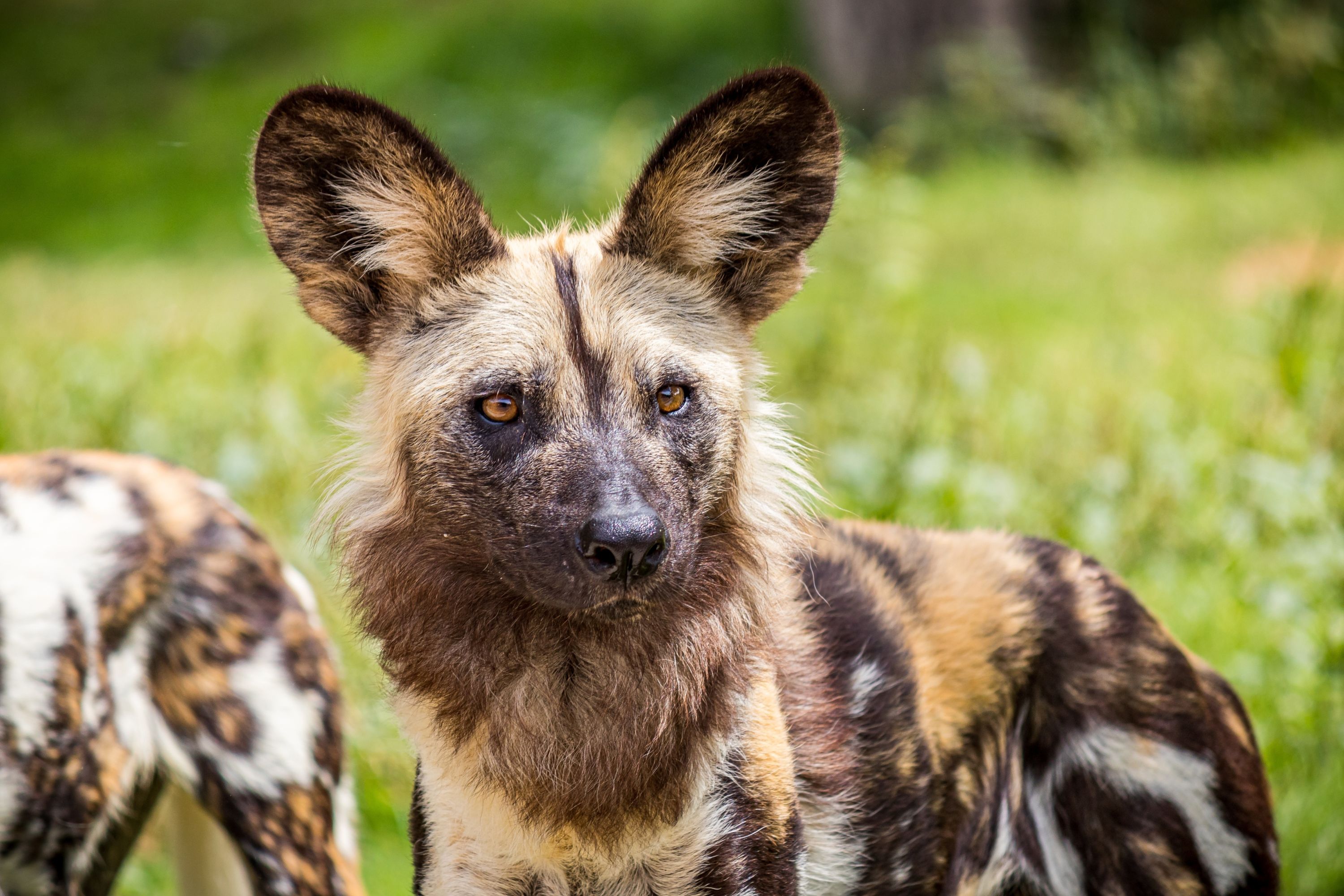African Wild Dogs Actually Make Puppy Dog Eyes Just Like Your Four-Legged Friend Does, Helping Them Communicate While Hunting On The Open Savanna

There’s something that’s just so irresistible about your four-legged friend when they’re staring up at you with big puppy dog eyes. This adorable look will make you quickly cave in and dole out a bunch of treats even after you’ve resolved not to.
In 2019, research suggested that dogs developed puppy dog eyes as a result of domestication to encourage humans to take care of them.
It found that domestic dogs had more complex facial muscles than wolves or other wild canid species, allowing them to perform a wider range of facial expressions.
However, a new study published in The Anatomical Record has debunked the theory that dogs evolved to have puppy dog eyes due to domestication.
In the study, researchers examined the facial muscles of African wild dogs and realized that they had the same puppy dog eye muscles as domestic dogs.
African wild dogs are a social group of canines that run in packs of around 10 individuals. Some packs can contain as many as 40 members. They work together to bring down prey across large distances.
The researchers analyzed the facial anatomy of a deceased 12-year-old male African wild dog and compared it to the anatomy of domestic dogs.
The results showed that the muscles of African wild dogs were just as developed as dog breeds like Collies, Dachshunds, German Shepherds, and Jack Russell Terriers.
It is believed that African wild dogs evolved to have these eye muscles to help them communicate while hunting on the open savanna. Their highly expressive faces let them make silent visual cues to each other from far away.
Mohammed Shamaa/Wirestock – stock.adobe.com – illustrative purposes only, not the actual dog
Sign up for Chip Chick’s newsletter and get stories like this delivered to your inbox.
Domestic dogs may have also developed specialized facial muscles in just the same way — to improve communication with their owners.
According to the 2019 study, the facial muscles of gray wolves were not as strong as those of African wild dogs or domestic dogs.
This is likely because they rely less on visual communication and more on vocalizations and scent signals.
In the future, scientists hope to examine the facial anatomy of other wild canid species, such as Asian wolves and foxes, because it will provide better insight into how evolutionary pressures highlight certain traits and minimize others.
Welcome to Billionaire Club Co LLC, your gateway to a brand-new social media experience! Sign up today and dive into over 10,000 fresh daily articles and videos curated just for your enjoyment. Enjoy the ad free experience, unlimited content interactions, and get that coveted blue check verification—all for just $1 a month!
Account Frozen
Your account is frozen. You can still view content but cannot interact with it.
Please go to your settings to update your account status.
Open Profile Settings